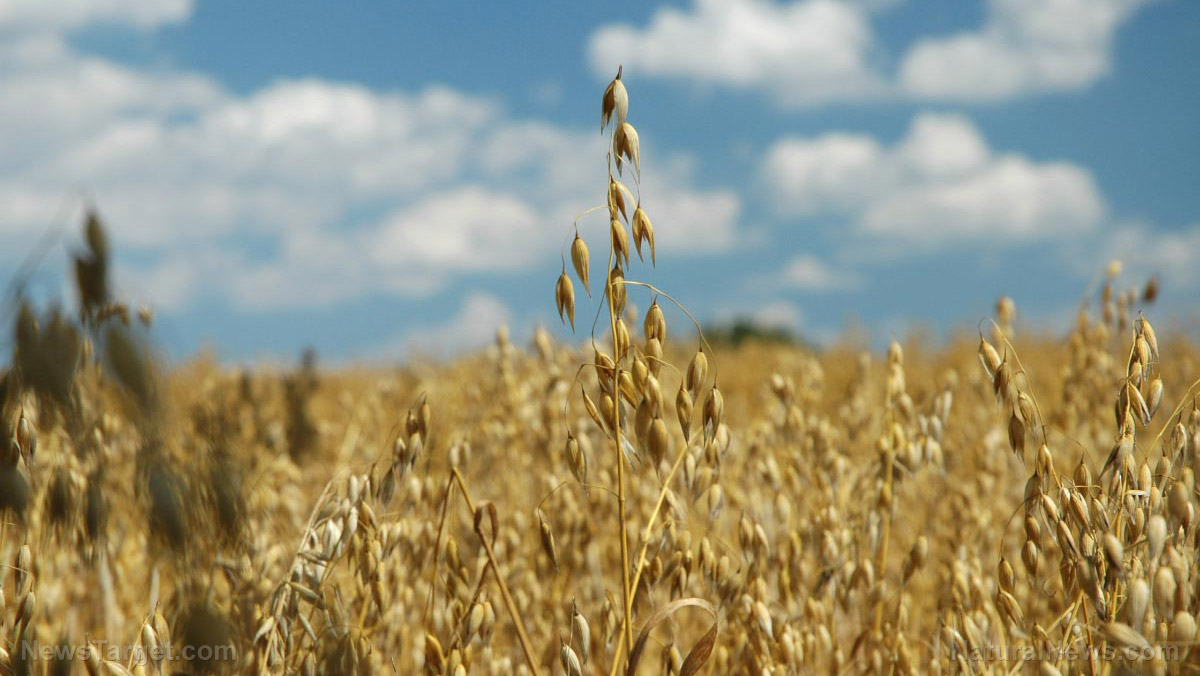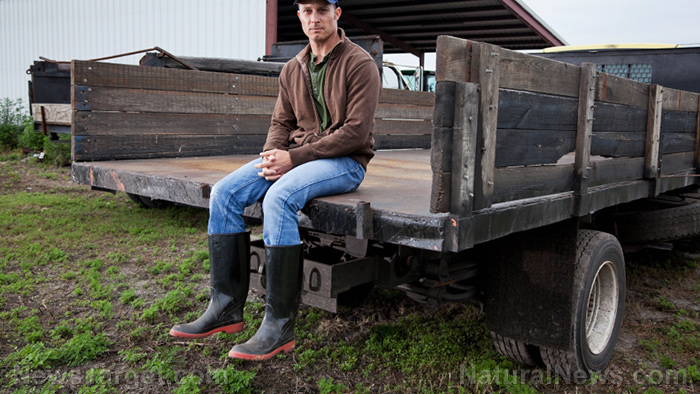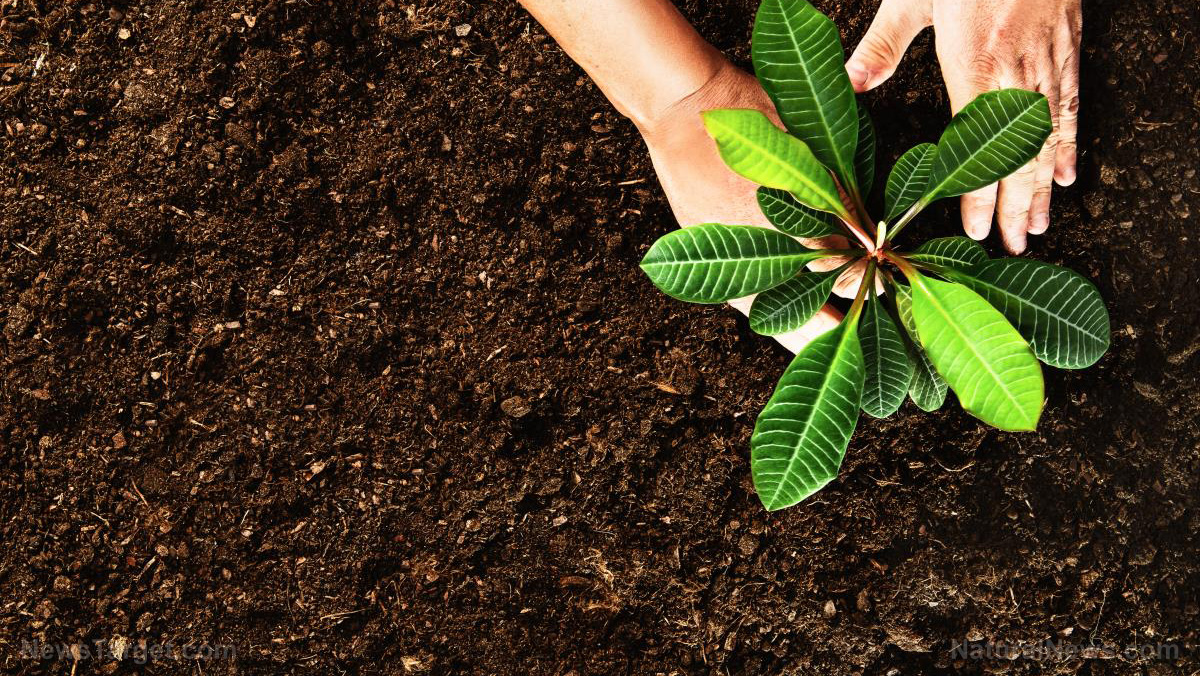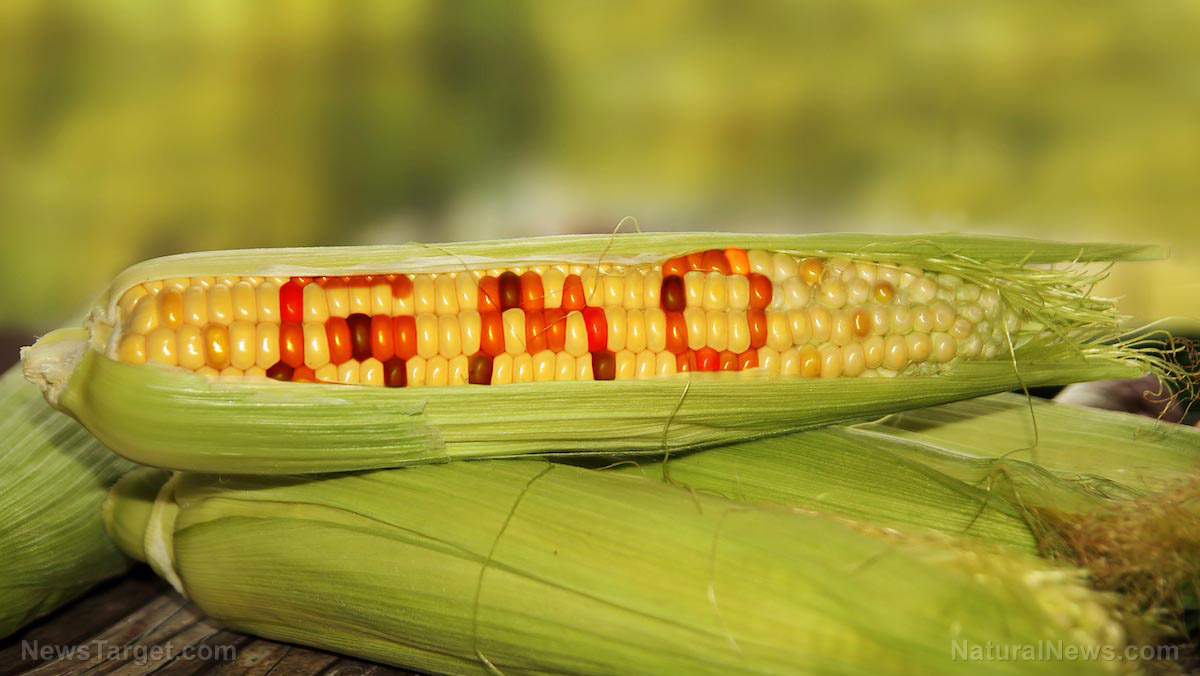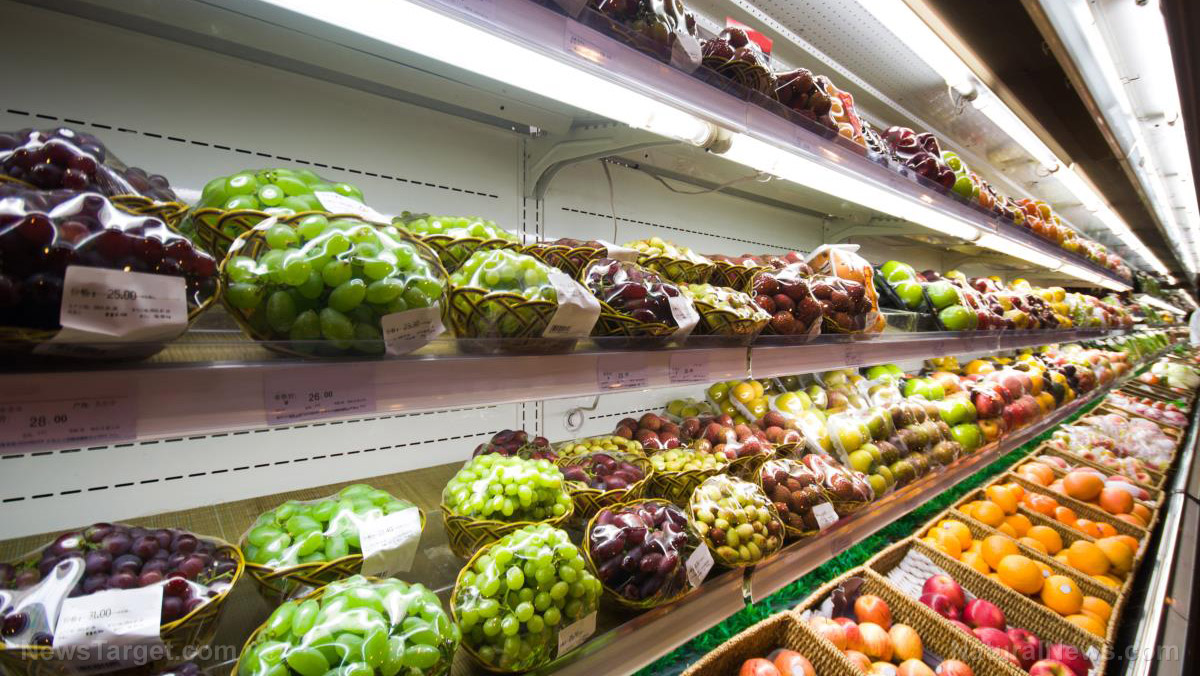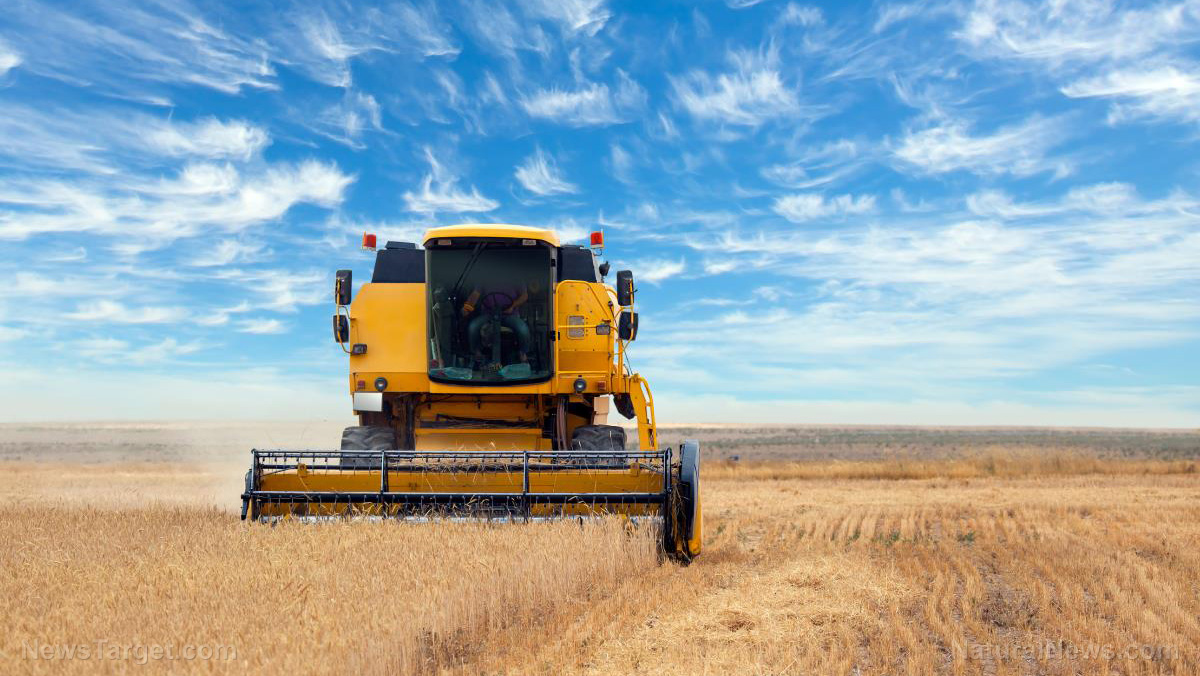
A home garden is a must-have for any prepper. Even if you live in a small house or apartment, you can grow vegetables and herbs on a window sill or in containers like pots or buckets. With some planning, you can also turn your yard into an edible landscape before SHTF. (h/t to TheSurvivalMom.com)
To ensure that your garden produces food every year, focus on growing perennial plants. Annual plants are eye-catching because they have bright patches of color, but perennials save you time and effort because they allow you to build an edible yard little by little instead of starting from scratch every year.
How long does it take to make your yard edible?
An "edible landscape" is a yard or garden filled with food-producing plants instead of only ornamental flowers and ground covers.
To plan an edible landscape for your homestead, combine produce from a vegetable garden with plants that provide beautiful spring foliage and then various crops that you can harvest later in the summer.
Choose from various fruits like strawberries, berry bushes, herbs and your favorite vegetables and create something beautiful that also produces fresh fruits and vegetables for your family. If you have excess produce, do some canning and food dehydrating for your food stockpile.
If you plan your edible landscape properly, you can harvest several crops over a period of several months.
However, developing an edible landscape is a slow process that is built upon yearly, so you must be patient. Keep things manageable and don't plant everything at once or get frustrated that your efforts need years to yield results.
Patience is a requirement because many perennial plants take two to three years to develop a strong root system and become established enough to grow fruits or vegetables, like berry bushes and asparagus. Fruit and nut trees will take even longer because they need several summers to reach their full potential.
The longer you wait, the longer it is before harvesting can begin. Start today and add a little each year.
Within a couple of years, your edible yard will be a rewarding and nourishing accomplishment. (Related: Edible landscaping for preppers: Maintaining good OPSEC in a survival garden.)
How to make your garden accessible
If you want to keep gardening even as you get older, make sure your plan for your edible landscape includes ways to keep it accessible even if you're not as strong as you used to be.
This includes growing plants that are easy to reach, manage and harvest so you don't have to worry about the physical strain it can cause to your back and knees.
Another option is to grow plants in pots and raised beds so you don't have to kneel and crouch as much. Vary the size of pots so it's easier to move them to sunnier spots and bring them inside when the weather is colder.
You can also get rolling plant dollies for heavier pots and get smaller varieties of fruit trees so you can easily reach the ripened fruit. Get decorative plant holders for smaller pots so they're at waist level and higher for easy access.
Tips for planning an edible landscape
Before planting anything in your edible landscape, sketch out your plan on paper. This will become your landscape design. In your plan, consider the following factors:
Grouping
Find out what the plants are going to look like when they are fully grown. Will the groups survive together without choking each other? Will any of the plants become taller than the rest resulting in the low-lying plants not getting enough sunlight in the future?
Label your plants
Many seedlings look alike, so labeling them before they start to grow will make them easier to identify. When you begin planting, label the plants so you can quickly assess their progress, watering and sunlight needs as they grow.
Lighting
Plant perennials in areas that get the proper amount of sunlight for each particular plant. Make a sun and shade map to find the most and least productive areas of your yard.
If you're going to use containers, move them around within the space of your yard until you find the ideal location with the right amount of sunlight. Note that deciduous trees will be filling out with a lot of green leaves as the growing season progresses. This will reduce the amount of sunlight certain areas in your garden will receive.
Pollination
Certain plants are self-pollinating and others need a partner to produce fruit.
Spacing
Different types of plants require different amounts of space to grow properly so you need a detailed plan on paper. This ensures that you know how many plants fit into a specific area. Plants also need proper airflow to produce and knowing their space requirements will prevent overcrowding.
Use containers to add visual texture to your yard and manage certain plants like mint from overtaking entire areas.
Zones
Choose plants that can survive in your gardening zone, especially since not all perennials can survive winters in the north or the intense summer heat in the south.
Check with your county extension office to get more information about your growing zone. You should also ask about any microzones within your property.
Perennial edibles to plant in your home garden
Here's a list of some perennial edibles that you can plant in your edible landscape. These plants will provide fresh and nutritious food for your family when SHTF. You can also preserve fresh produce for your stockpile.
- Artichokes
- Asparagus
- Berry bushes
- Blackberries
- Blueberries
- Citrus trees
- Cranberries
- Fruit trees
- Garlic
- Grapes
- Herbs
- Horseradish
- Lettuce varieties
- Nut trees
- Olive trees
- Pineberries
- Raspberries
- Rhubarb
- Sea kale
- Sorrel
- Strawberries
If you want to grow edible flowers in your garden, try planting calendula, carnations, daisies and sunflowers.
The best way to maximize a garden on your homestead is to plan an edible landscape. With some hard work and patience, you can enjoy a steady harvest of various crops that can also make your property look more beautiful.
Watch the video below to know why and how to grow vegetables in your home garden.
This video is from the Progressive Voices Gary Null channel on Brighteon.com.
More related stories:
The best ideas to turn your homestead into the ultimate edible landscape.
Home gardening basics: How to plant, grow and harvest sage, a must-have herb.
5 Common edible plants for urban foraging (plus foraging tips).
Sources include:
Please contact us for more information.















